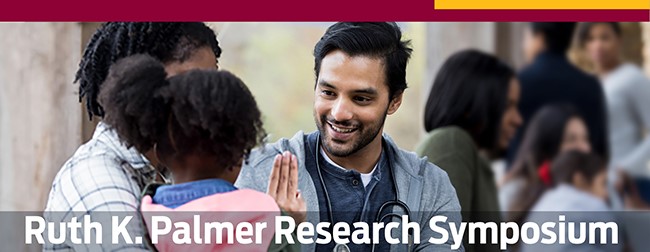Name of Faculty Advisor
Dr. Beth A. Staffileno
Purpose
The purpose of this evaluation project was to perform a comprehensive evaluation of the seven mobility-related projects implemented over the past years at the academic medical center using the Donabedian framework of quality care and to develop a report for key stakeholders.
Background and significance
Patients admitted to acute care units are at high risk for functional decline and increased length of stay (LOS) due to decreased mobility during hospitalization. Between 2013-2019, seven quality improvement projects were initiated with the goal of mobilizing adult patients in the acute care units at an academic medical center. No formal evaluation of these seven mobility projects has been completed to determine whether they were successful in increasing mobilization, had achievable outcomes, and were sustainable. Lack of a formal evaluation is a missed opportunity to systematically appraise early mobility throughout the academic medical center and identify whether intended goals were achieved.
Theoretical/Conceptual framework
The Donabedian framework was used to guide the evaluation of the mobility projects using Structure, Process, and Outcomes.
Method
Evaluation strategies incorporated both quantitative and qualitative data to evaluate the seven mobility projects. Quantitative data were obtained through surveys with project leads, nursing leadership, and frontline staff, and chart reviews of documented mobility. Qualitative data were collected through open-ended survey questions with the project leads, nursing leadership, and frontline staff.
Results
Overall survey response rate was 23.9% (n=223). With respect to structure, frontline staff had the resources to help mobilize patients. Patient mobility was typically performed in the patient’s room, hallway of the unit, and therapy gyms. With respect to process, 63% (n=215) of frontline staff felt “It (mobility project) was what I expected it to be”. Seventy-five percent (n=145) of staff felt that the mobility order set was applicable to their patient population. Seventy percent (n=58) of the frontline staff were unaware of any mobility project on their unit. With respect to outcomes, frontline staff felt more confident mobilizing patients after receiving mobility education, from 76% to 87% (n=215). Sixty-one percent (n=215) of frontline staff felt satisfied with the current process of patient mobilization. Of the three out of the 11 project leads and leadership who responded, 67% of the mobility project outcomes were met, 67% of the mobility projects are still active on the units, and 100% of the mobility projects were implemented on other units at the academic medical center. A chart review on the units with mobility projects revealed a 21% mobility documentation rate with orders for progressive mobility.
Conclusions
Patient mobility programs should be standardized across an organization and not unit based to support sustainability. Electronic medical record (EMR) documentation needs Best Practice Alerts when progressive mobility is ordered on patients to remind staff to mobilize patients and to document in the EMR. Mobility module/education also needs to be a part of annual competency day, whether in person or an online education module, for the frontline staff. There needs to be continued organizational support and promotion of patient mobility to prevent skin breakdown, decrease falls, decrease LOS, reduce functional decline, and maintain patient independence. Finally, safe mobility remains an urgent priority as the academic medical center has been designated as a Nurses Improving Care for Health system Elders (NICHE) member and an Age-Friendly Health System.
Evaluation of Early Mobility Projects in an Academic Medical Center


